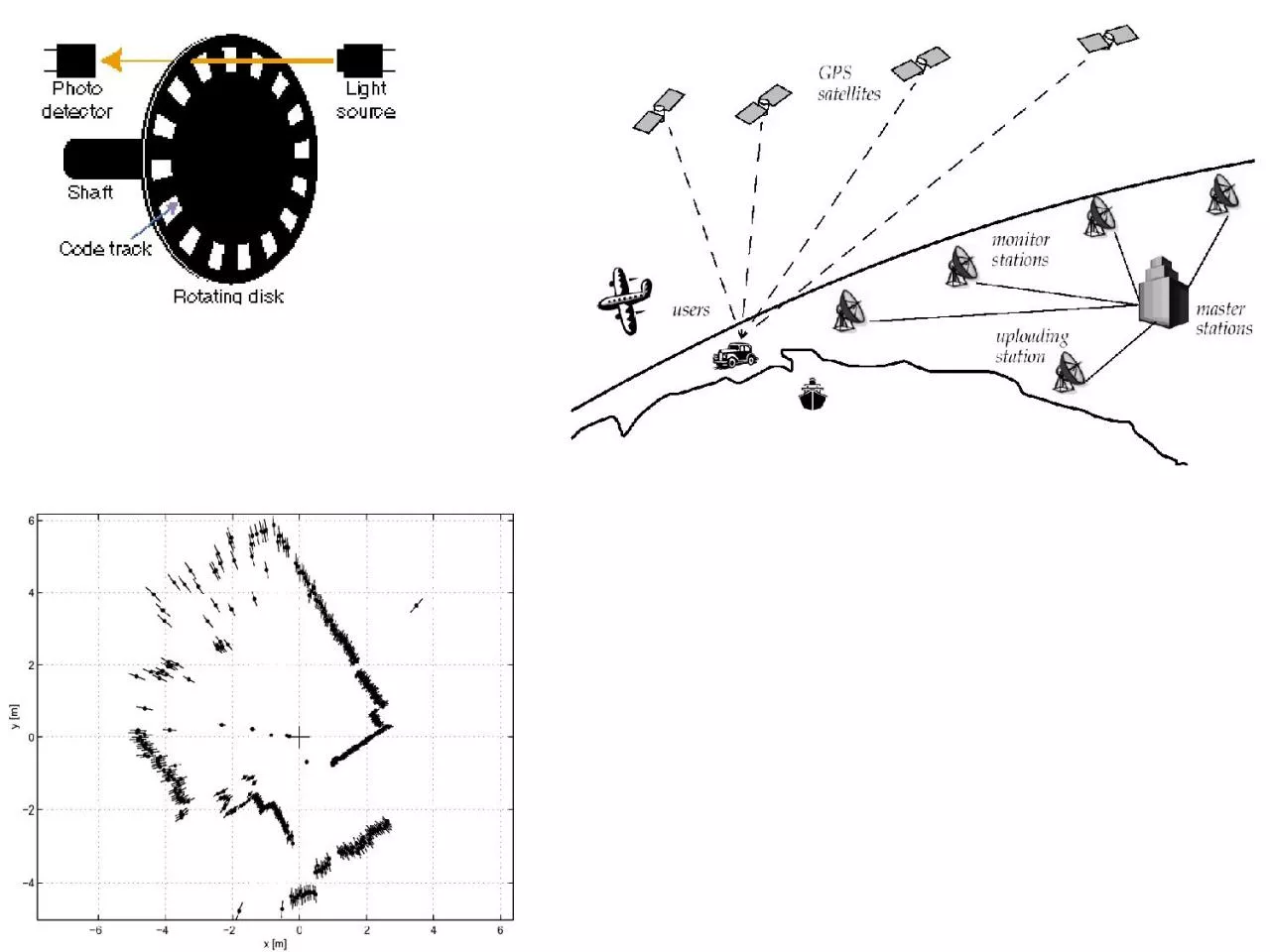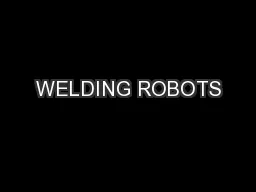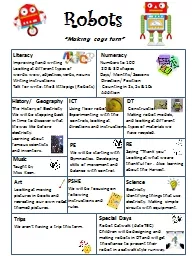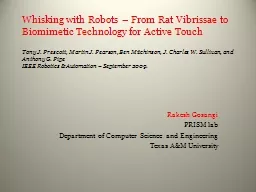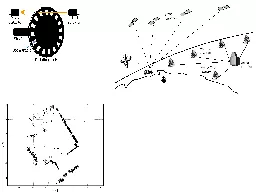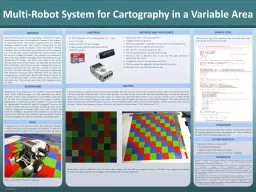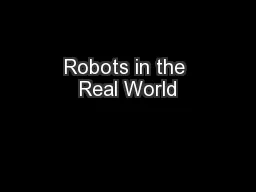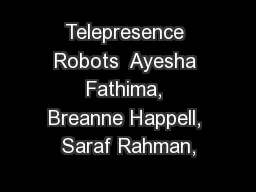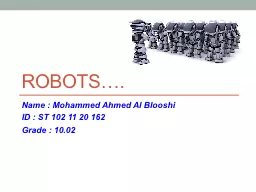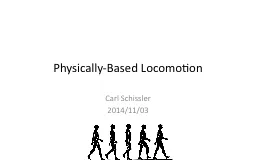PPT-Locomotion: Chapter 1 Enabling robots to move
Author : InLoveWithLife | Published Date : 2022-07-28
Many bioinspired methods Walk jump run slide skate swim fly roll Exception Powered wheel Human invention Whats the benefit Power vs Attainable Speed of actuators
Presentation Embed Code
Download Presentation
Download Presentation The PPT/PDF document "Locomotion: Chapter 1 Enabling robots to..." is the property of its rightful owner. Permission is granted to download and print the materials on this website for personal, non-commercial use only, and to display it on your personal computer provided you do not modify the materials and that you retain all copyright notices contained in the materials. By downloading content from our website, you accept the terms of this agreement.
Locomotion: Chapter 1 Enabling robots to move: Transcript
Download Rules Of Document
"Locomotion: Chapter 1 Enabling robots to move"The content belongs to its owner. You may download and print it for personal use, without modification, and keep all copyright notices. By downloading, you agree to these terms.
Related Documents

